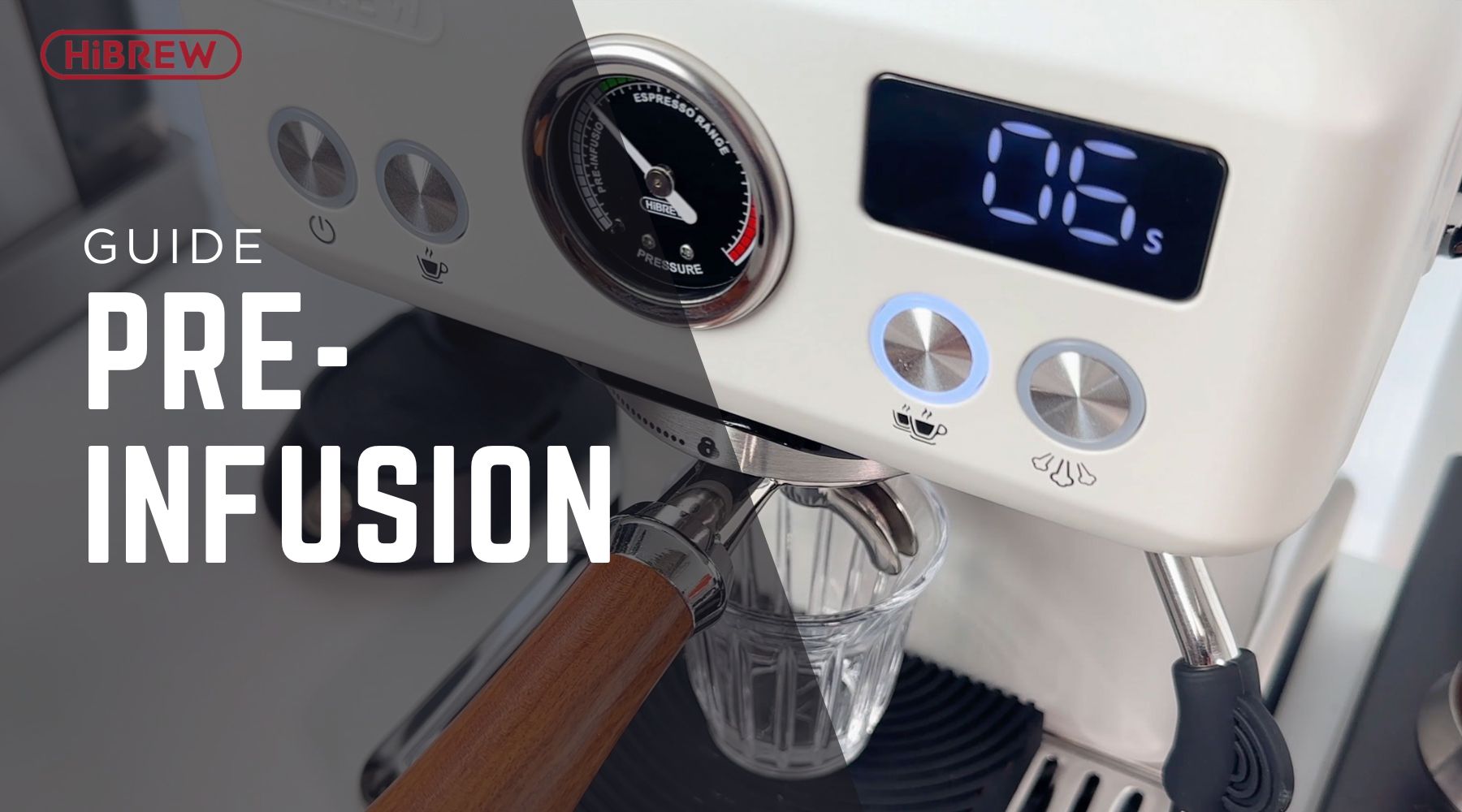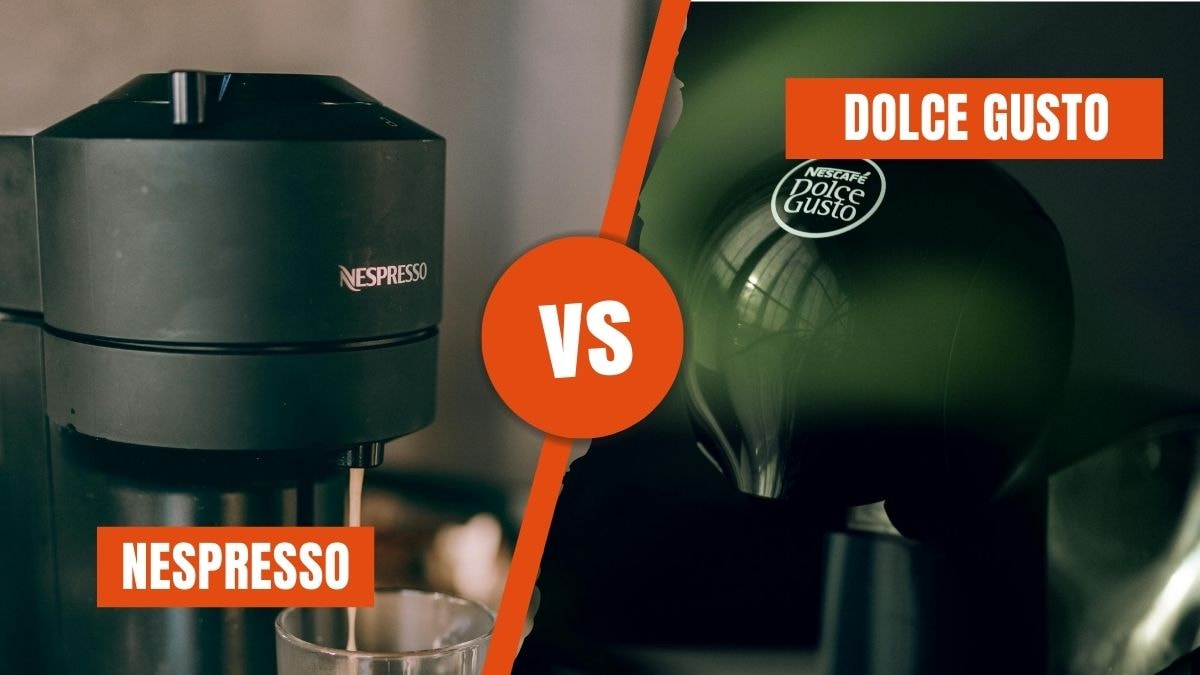Mastering the art of espresso brewing requires precision, and one crucial factor is the espresso shot time. The traditional rule suggests an espresso brew time of 25 to 30 seconds for ideal coffee extraction.
As James Hoffmann notes in his video "Understanding Espresso - Brew Time"[1]:
"In many cases, the recommendation for espresso is the brewing time should be in the region of 25 to 30 seconds, and that's a great rule for people getting into espresso…"
However, espresso-making is nuanced, and you may have questions depending on your workflow. This guide will address common concerns about espresso shot timing.
When to Start Timing Your Espresso Shot
One of the most debated topics among coffee enthusiasts is when to start the timer for an espresso shot. There are two main schools of thought:
- From button push: Start timing as soon as you activate the pump.
- From first drip: Begin timing when the espresso first appears from the portafilter.
Many experts recommend starting the timer from the moment you activate the pump. This method accounts for the entire extraction process, including pre-infusion, which can significantly impact the final flavor of your espresso.
Some coffee scales have an auto espresso mode that starts timing when it senses the first drop. You can adjust your timing accordingly. For example, if the total target shot time is 30 seconds, but the coffee drips into the cup after 10 seconds, then the shot should be done in 20 seconds on the scale's timer, as long as the result is consistent.

Understanding Pre-infusion and Its Impact on Brew Time
Many HiBREW espresso machines allow you to customize the pre-infusion time.
Pre-infusion is the initial phase of espresso extraction where water saturates the coffee grounds at low pressure. If your pre-infusion time is within 5 seconds, you can still stick with the 25-30 seconds rule.
However, pre-infusion can last anywhere from 5-10 seconds or even longer, depending on your machine and preferences. In some cases, you may need to compensate for the pre-infusion time in your total brew time. Total shot time may extend to 35-40 seconds.

Dialing In Your Espresso Based on Shot Time
Espresso requires finely ground coffee, so finding the right espresso grind size is the first step in making quality espresso.
While the 25-30 second rule is a good starting point, use it as a guide rather than a strict rule.
Here's how to dial in your espresso:
- Start with a 25-30 second target for a 1:2 ratio (e.g., 18g in, 36g out)
- Adjust grind size: finer if the shot runs too fast, coarser if it's too slow
- Taste the espresso and make further adjustments based on flavor
- Experiment with different ratios and longer extraction times for light-roasted coffee beans
Remember, taste is the ultimate judge. A perfectly timed shot that doesn't taste good isn't worth much.
Applying the 25-30 Second Rule to Single and Double Shots
The ideal extraction time remains 25-30 seconds for both single and double shots, regardless of basket size.
|
Shot Type |
Dose |
Yield |
Time |
|---|---|---|---|
|
Single |
7-9g |
25-30ml (0.85-1 oz) |
25-30 seconds |
|
Double |
14-18g |
50-60ml (1.7-2 oz) |
25-30 seconds |
The key difference lies in the dose and yield, not the extraction time. For smaller espresso baskets, aim for a proportionally smaller amount of liquid while maintaining the same brew ratio and timeframe.

Beyond the Traditional Shot Time
Modern espresso techniques have challenged the conventional wisdom of shot times:
- Longer extractions: Some baristas pull shots for 35-40 seconds or more, especially for light roasts
- Turbo shots: Quick extractions of 15-20 seconds with a coarser grind, higher dose, and more pressure
- Allongé or lungo: Extended pulls that can last up to a minute for a different flavor profile
These variations demonstrate that there's no one-size-fits-all approach to espresso extraction time.
Achieving Consistency in Your Shots
To maintain consistency in your espresso brewing:
- Use a reliable timer or the built-in timer on your espresso machine
- Keep your dose consistent (use a scale for precision)
- Aim for the same yield (output weight) each time
- Adjust your grind size to hit your target time and yield
- Record your parameters and taste notes to refine your process
By focusing on these variables, you can use shot time as a tool for repeatability in your espresso brewing.
Troubleshooting Common Time-Related Issues
If your shots are consistently off:
- Too fast (under 20 seconds): Grind finer or increase your dose slightly
- Too slow (over 35 seconds): Grind coarser or decrease your dose
- Inconsistent times: Check for channeling, ensure even distribution, and consider using a WDT tool

Remember that changes in humidity, temperature, and bean freshness can all impact shot times, so regular adjustments may be necessary.
Wrapping Up
In conclusion, while the 25-30 second guideline for espresso shot time is a valuable starting point, it's just one piece of the puzzle.
By understanding the role of pre-infusion, experimenting with different techniques, and focusing on taste, you can craft exceptional espresso that goes beyond simple timing rules. Use shot time as a tool for consistency and a parameter for dialing in, but always let your palate be the final judge of a perfect extraction.




Leave a comment
All comments are moderated before being published.
This site is protected by hCaptcha and the hCaptcha Privacy Policy and Terms of Service apply.